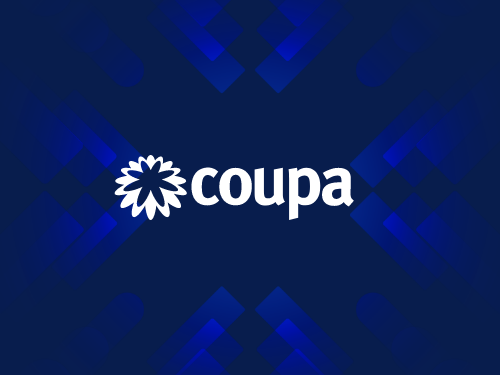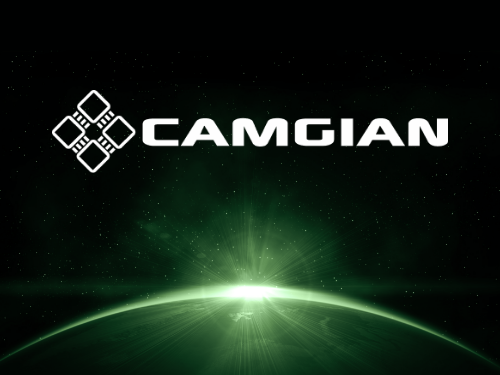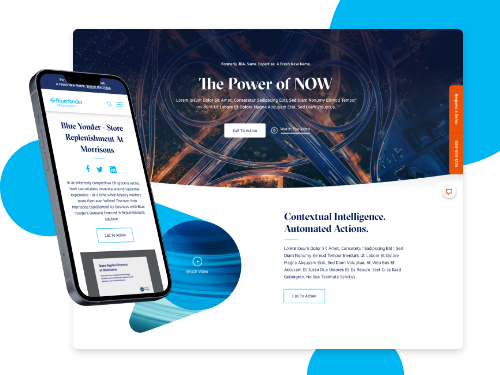TL;DR — The 6 Big Takeaways
- “Vibe working” captures the shift from rigid productivity toward intuitive and emotionally intelligent collaboration.
- Modern brands succeed when they focus on coherence, emotion, and energy instead of consistency alone.
- In design, the real competition is not features or pixels but how an experience feels.
- Creative teams are evolving from rule keepers to vibe curators, shaping rhythm, tone, and feeling across every touchpoint.
- Fast design tools now make it possible to prototype moods and test emotional resonance at scale.
- The next evolution is building vibe systems that manage brand emotion in real time across all channels.
From Productivity to Presence: The Rise of Vibe Working
Across creative industries, a new language is replacing the old talk of workflows and deliverables. The phrase “vibe working” describes a style of collaboration that relies on intuition and rhythm instead of rigid process.
Rather than grinding through linear steps, teams now move through projects like musicians in a jam session, improvising and refining until everything feels right. The rhythm, tone, and flow of work have become as important as the final output.
This cultural change marks the end of the optimization era and the start of an intuition era where sensitivity and emotional awareness define creative excellence.
The Emotional Economy of Brands
Branding used to be about clear messaging. Today it is about mood.
Consumers no longer just buy a product or service. They connect with a feeling that a brand evokes. Apple feels like minimalist calm. Liquid Death channels skate-punk energy. Nike moves like a heartbeat in motion.
As industries become more crowded and features converge, emotion becomes the key differentiator. Brands that master emotional coherence across every channel — website, packaging, experience, tone, and visual rhythm — build stronger loyalty and trust.
The most advanced marketing teams now describe brand identity using sensory terms such as rhythm, warmth, and flow. They are not designing assets; they are designing atmospheres.
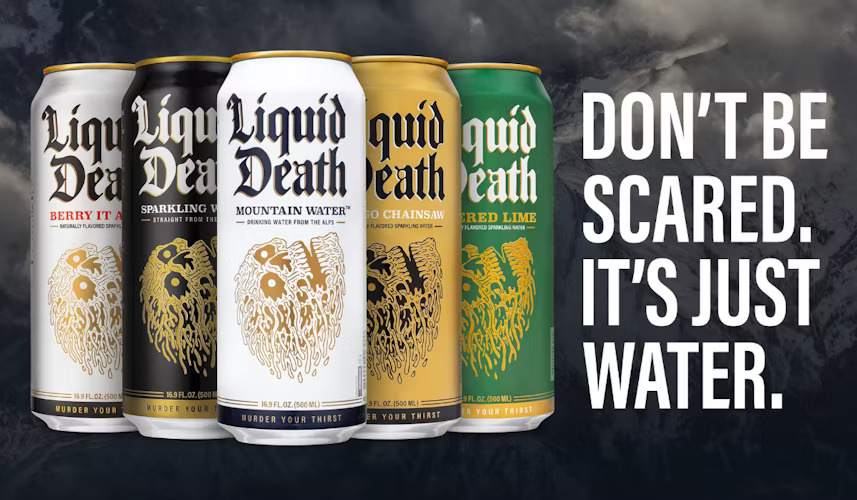
Vibe Design: When UX Feels Human Again
User experience once focused only on usability. In the new creative landscape, it has become an act of emotional choreography.
The best digital experiences do not simply guide behavior; they reflect human emotion. Duolingo’s playful messages, Spotify’s personalized playlists, or Apple’s subtle touch feedback all build emotional trust through small, intentional gestures.
Vibe design treats typography, motion, and microcopy as instruments in an emotional orchestra. Each note matters. The result is not just functionality but a connection that feels alive and human.
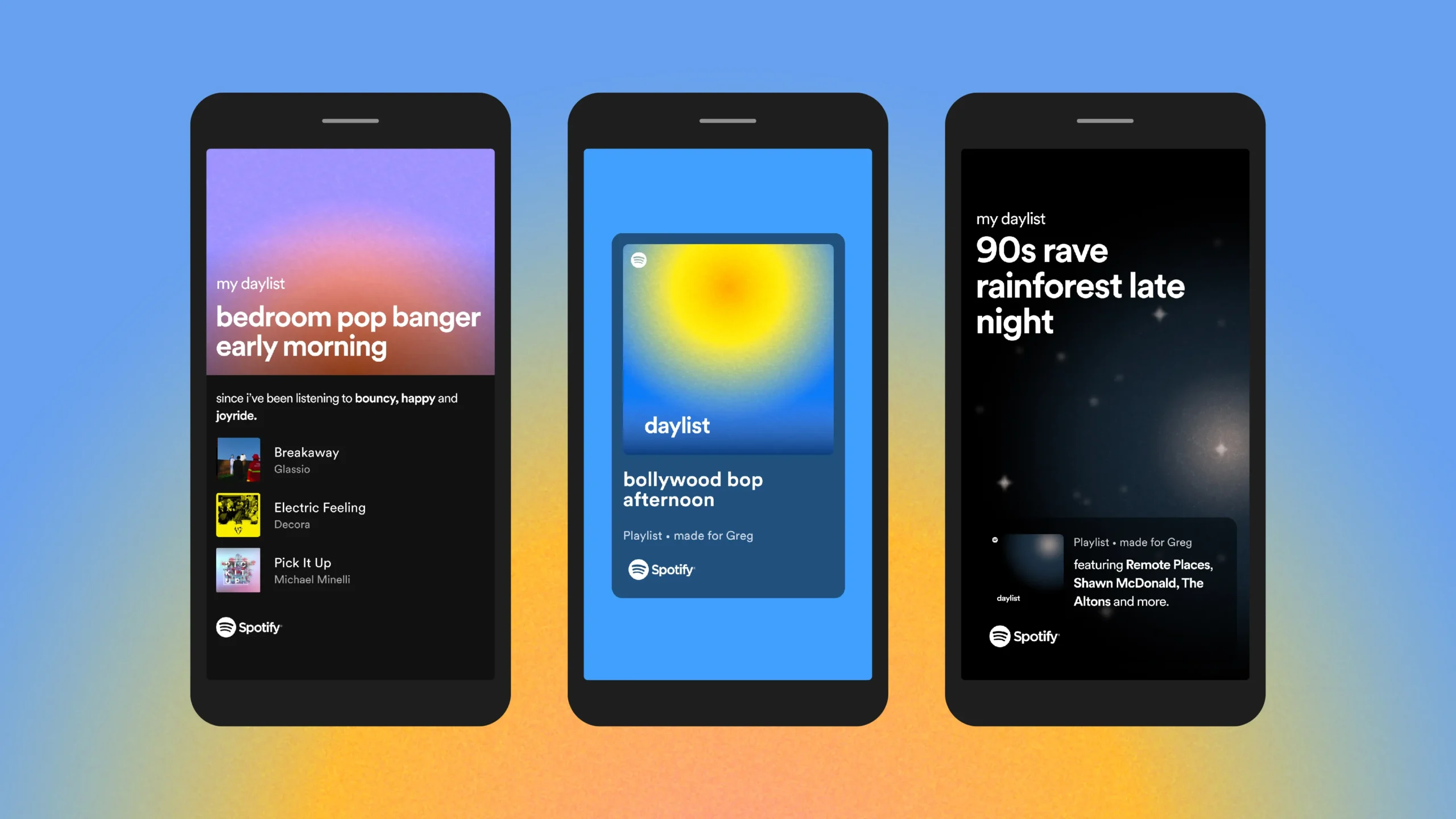
From Design Systems to Mood Systems
For years, brand guidelines dictated what things should look like. Now, mood systems define how things should feel.
Instead of rigid manuals, modern brands create living ecosystems that adjust to context, audience, and even time of day. Nike Run Club shifts its tone depending on a runner’s mindset. Streaming platforms customize visuals and sound to match each viewer’s taste.
This flexibility is not a lack of discipline. It is a new kind of coherence that mirrors human emotion and context in real time.
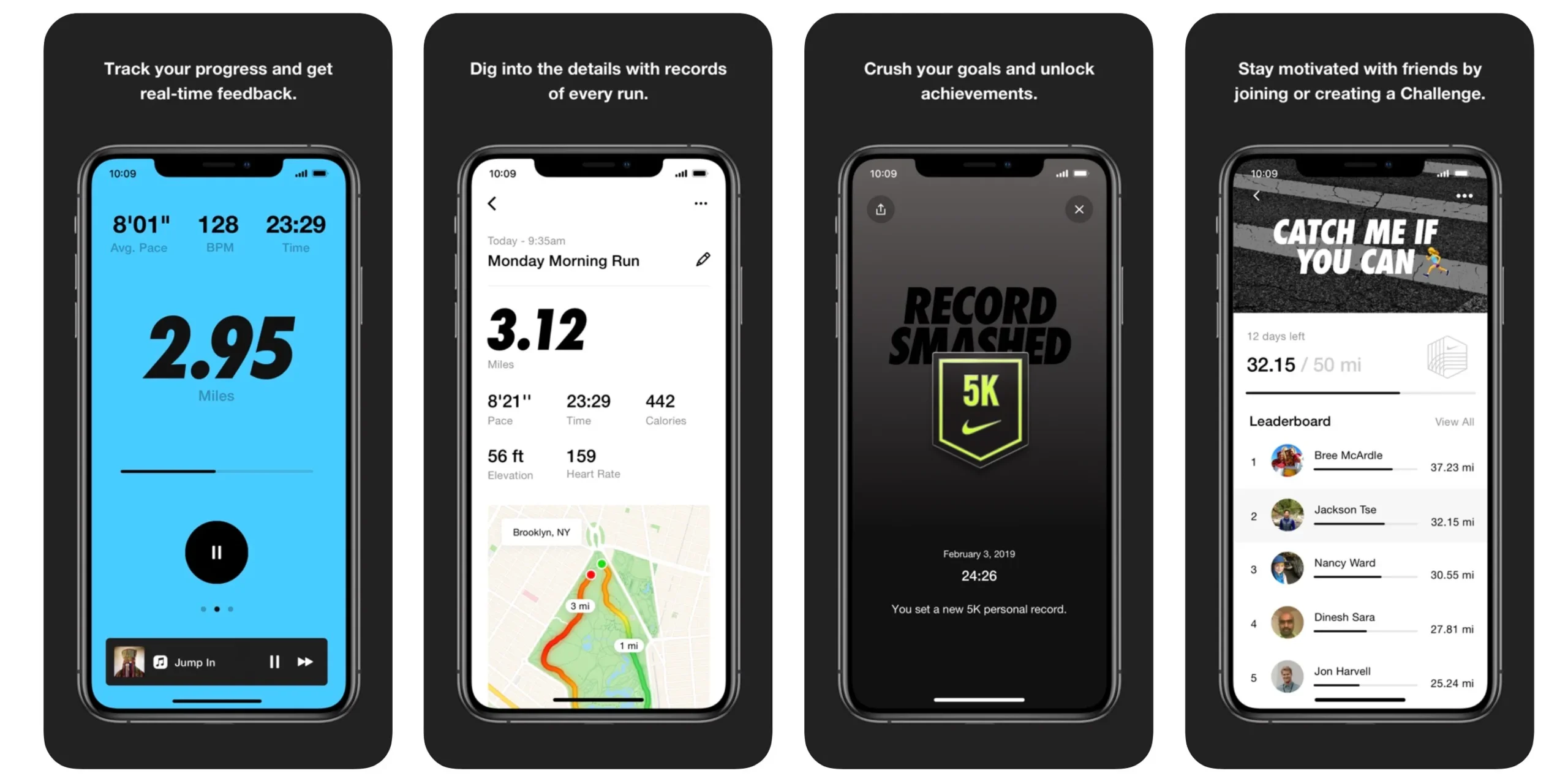
Tools as Creative Partners
New creative platforms have transformed how designers explore ideas. They no longer start from scratch. They start from sensation.
A designer can generate multiple layout directions, tone variations, or color harmonies in minutes. The real craft lies in guiding the process toward emotional truth.
It is not about automation. It is about curation. The goal is not speed, but alignment between feeling and purpose. The best creative work happens when technology serves intuition rather than replacing it.
Strategic Imperfection: Why Humanity Still Wins
In an era of endless digital polish, people crave authenticity. They respond to small imperfections that signal something real behind the screen.
This is why vibe design often embraces asymmetry, humor, and warmth. A slightly offbeat motion, a conversational tone, or a natural pause in an animation can create a feeling of presence that no automated process can mimic.
The goal is not perfection but emotional fidelity. Brands that design for warmth and connection rather than pure precision create lasting relationships with their audiences.
The Next Frontier: Vibe Systems and Emotional Intelligence at Scale
Imagine design frameworks that manage emotion the way current ones manage color and typography.
Future brand systems will measure tone, tempo, and audience sentiment just as precisely as they track conversions or clicks. Creative dashboards may one day recommend changes such as:
- Make this animation calmer.
- Increase visual warmth for younger audiences.
- Shift messaging from aspirational to reassuring.
This is the evolution from static design to living empathy, where creative teams tune their brands the way musicians tune instruments.
The Designer as a Conductor, Not a Technician
The modern designer’s role has changed. They are no longer enforcing visual grids but conducting emotional resonance.
The best creative professionals now think like filmmakers or music producers, mixing sensory cues, pacing experiences, and translating emotion into rhythm and tone. The future of design leadership is not about what looks good. It is about what feels right.
Feel Is the New Function
Vibe working is not a passing trend. It is a mindset that values emotion as much as execution.
For brands, it means coherence over consistency.
For users, it means experiences that feel personal and alive.
For designers, it means a renewed focus on intuition, rhythm, and flow.
The next generation of great design will not just look different. It will feel different.
In a world full of noise, feeling will always be the signal.
